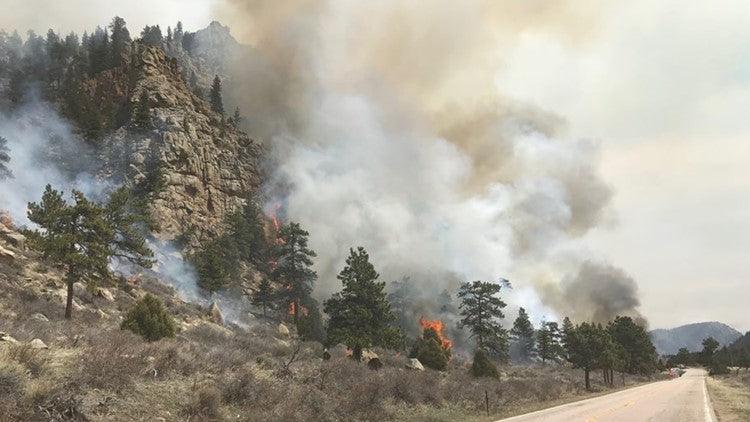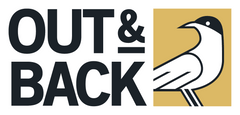The 411 on Forest Fire Smoke

Summertime in Colorado is synonymous with getting outdoors. Locals and tourists alike flock to national parks and wilderness areas to disconnect from devices, connect with family and friends, take on new physical challenges, and push beyond mental limits.
But the growing intensity and unpredictability of forest fire related air pollution is changing the climate (literally) of summer offerings. Wildfire season, which doesn't typically peak until the fall, increasingly overlaps with prime months for camping and backpacking and is creating more air pollution each year.
What makes forest fire related air pollution so harmful? This is due to the high levels of PM 2.5, a category of particulate pollutant that is 2.5 microns or smaller in size that are emitted into the air. PM stands for particulate matter. Particulates that are 2.5 microns or smaller are considered especially dangerous to human health because they bypass many of our body’s natural defenses. Nose hair, mucus, and other defenses work to catch these particulates before they enter the body. The particulates, if not caught, can get into the lungs, where they can eventually reach the bloodstream. Long term exposure has been directly linked to increased risk of cardiopulmonary issues and heart attacks.
So how to protect yourself from PM 2.5?
Step 1:
The first step from protecting your and your family from dangerous levels of pollution is knowing when and where dangerous levels occur. By checking the AQI website, it gives a full map of predicted and current air quality levels in your area. Try to avoid trails that are nearby high risk zones. Apps like AllTrails and TrailLinks will oftentimes have maps showing trails that are closed due to fire exposure. If levels pass beyond 150, stay at home and keep doors and windows closed to minimize exposure.
Step 2:
The second step for people who are concerned about worsening pre-existing conditions could turn to a face mask for protection. Studies have found that masks can reduce the amount of PM 2.5 you inhale, BUT the mask must be rated to filter out PM 2.5 AND must fit so well that there are no air gaps.
Step 3:
The third step in reducing your risk is to minimize exposure to pollution as a whole. Keeping outdoor particles outside is not enough, because there are indoor sources of PM 2.5. Start by limiting your commute in high pollution areas, replacing indoor air filters to a MERV 13 or HEPA filter, buying an air purifier that removes fine particles, as well as destroying airborne chemicals.
PM 2.5 is a potentially dangerous category of air pollutants, and living in forest fire prone states dramatically increases the risk of long term exposure. By monitoring outdoor air quality and taking a few simple steps to purify your air at home, you can limit your exposure and be healthier for all of the big adventures to come.
But there’s good news! If you’re in a smoky area where the great outdoors isn’t an available weekend option, we’ve got a few ideas that will keep you from having too much FOMO.
- Start planning your next adventure. How many times have you looked at fun destinations and wish you had more time to plan out weekend trips? Use this downtime to check out some of the best places you may not know about. We suggest checking out Campground Recon for some #inspo.
- Take an indoor climbing class with a friend. Just because you aren’t outside doesn’t mean you can’t train. Grab a friend and check out a local climbing gym. If you’re not too familiar with the ropes (pun intended), most gyms offer intro to rope climbing and bouldering classes. It’s a great way to get a workout in and meet other cool adventurers.
- Clean out your closet! Tired of searching for that one piece of gear that always seems to be buried under ten other pieces of gear? Take a weekend to clean out your closet to free up some space. And best of all- get paid! Submit your used gear to us and earn some cash for your next shopping spree!
Happy Adventuring!


